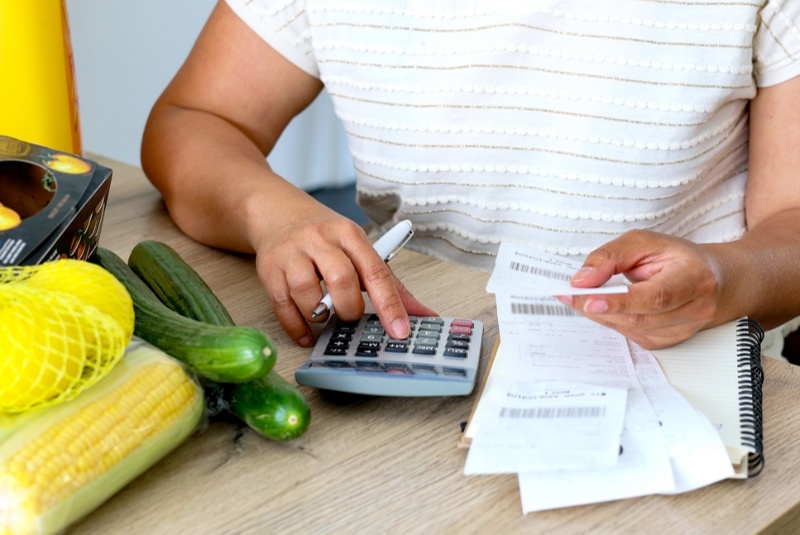A penny saved is a penny earned, said the famous founding father, Benjamin Franklin. This adage holds especially true when it comes to grocery shopping. One effective method to save money is to keep a price book to track grocery prices. A price book is essentially a record of prices for items you buy frequently. By using one, you can understand the average cost of items, anticipate sales, and make budget-friendly decisions.
The following is a step-by-step guide to creating and maintaining a price book that will significantly aid you in trimming your grocery expenses.
Step 1: Select Your Price Book Format
Choose a method that suits your habits and preferences. A physical notebook might work best for some, while others may prefer a spreadsheet on their laptop, or a note-taking app on their smartphone. There are also dedicated price book apps available. The most crucial aspect is consistency and ease of use.
Step 2: Decide on the Items
Start small. Select a few items that you purchase regularly. Gradually, you can add more items to your list. Common choices include meat, dairy, fruits, vegetables, cleaning supplies, and pantry staples like rice and beans.
Step 3: Create Your Log
For each item, record the date of purchase, the store, the brand, the size/quantity, and the price. Be as specific as possible. For example, don’t just write “apples” – specify the type, such as “Gala Apples.”
Step 4: Regularly Update Your Price Book
Every time you shop, update your price book with the new information. Over time, you will accumulate data that will help you identify trends and sales patterns.
Step 5: Analyze and Compare
After a few weeks or months, you’ll start seeing patterns. You will notice when your favorite cereal usually goes on sale, which store offers the best price for chicken, and if the “bulk buy” really saves you money. Use these insights to plan your shopping trips and budget.

Benefits of Keeping a Price Book
- Spot Sales Patterns: Stores often have sales cycles. Once you notice these patterns, you can plan your purchases to coincide with sales.
- Compare Prices: A price book enables you to compare prices across different stores. You may find that certain items are consistently cheaper at one store than others.
- Evaluate Bulk Purchases: Bulk purchases may seem cheaper, but that’s not always the case. A price book helps you calculate the price per unit, allowing you to make an informed decision.
- Avoid Impulse Purchases: When you have a clear idea of how much items should cost, you are less likely to make impulse purchases because you think something is a good deal.
- Plan for Price Increases: If you notice that the price of a particular item is steadily increasing, you can adjust your budget or find alternatives.
Keeping a price book to track grocery prices might seem like a daunting task initially, but the savings it brings can be substantial. And the process becomes much easier over time. Not only does it make you a more conscious shopper, but it also helps you strategically plan your shopping trips around sales and price drops. A few minutes spent noting prices can lead to significant savings in the long run.
So, pick a notebook, create a new spreadsheet, or download an app, and start your journey to smart and frugal grocery shopping today. Your wallet will surely thank you!




